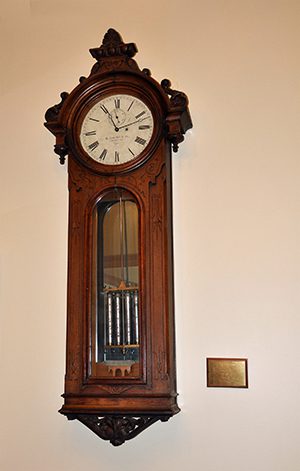Inducted 2010
Webster Clay Ball (1847-1922) was a jeweler and watchmaker born in Fredericktown, Ohio who later moved to Cleveland to join a jewelry store. When Standard Time was adopted in 1883, he was the first jeweler to use time signals from the United States Naval Observatory, bringing accurate time to Cleveland.
In 1891, there was a collision between trains, which occurred because an engineer’s watch had stopped. Railroad officials commissioned Webb Ball as their chief time inspector, in order to establish precision standards and a reliable timepiece inspection system. He established strict guidelines for the manufacturing of sturdy, reliable precision timepieces, accompanied by record keeping of the reliability of the watch on each regular inspection.
His original jewelry business grew into the Ball Watch Company, which used other watch companies’ movements, perfecting them and then reselling them. Ball Watch Company also ordered watches complete from other watch companies. Ball used movements from the top American manufacturers, Elgin, Hamilton, and Waltham, and switched to Swiss movements as early as the 1940s in their wristwatches.
Webb C. Ball became the vice president of the Hamilton Watch Company and focused his efforts on developing watches for the railroads. On February 10, 1907, the Brotherhood of Locomotive Engineers honored his efforts by appointing Ball as an honorary member.
At the end of his career, Web Ball was overseeing over 125,000 miles of rail tracks in the U.S.A., Mexico and Canada, having greatly contributed to the security of all railroad systems. The standards he established led to the saying “If you want to know the correct time, ask a railwayman.”


